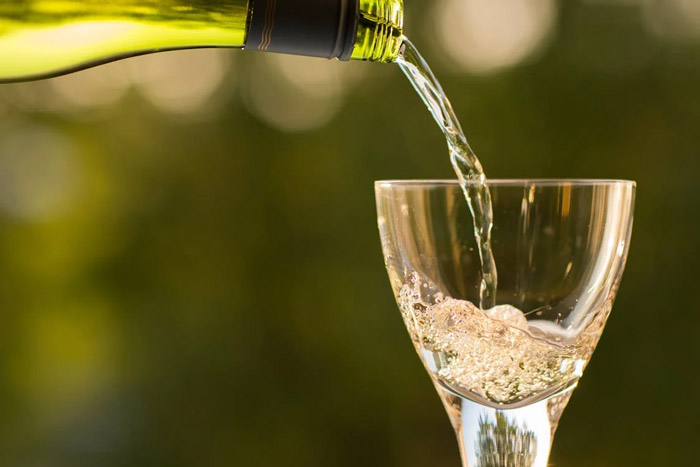Unlike the depth and richness of red wine, white wine attracts countless wine lovers with its fresh, delicate, and elegant flavors. For many beginners, tasting white wine is not only a feast for the taste buds but also a love and pursuit of life.
● How is white wine made?
After the grapes are ripe, wineries choose to harvest in the early morning or evening to avoid excessive oxidation. The grapes are quickly transported to the winery, sorted on the sorting table, and parts that do not meet the requirements are eliminated.
The sorted grapes are crushed to obtain clear grape juice, which is fermented under the action of yeast to turn into wine. Some wines suitable for early drinking are stored in stainless steel barrels for a while and then bottled as soon as possible, while some wines are aged in oak barrels to obtain more complex flavors and characteristics.
Before bottling, most wines are filtered and fined to remove sediment. However, some winemakers choose to skip this step, believing that the lees remaining in the wine can increase the complexity of the white wine.
● What glasses are usually used for white wine?
Generally speaking, when drinking white wine, glasses with narrower mouths are usually chosen. This is because the aroma of white wine is fresher and lighter, so it doesn’t need too much oxygen to help its aroma dissipate. But if it is a fuller-bodied white wine, such as Chardonnay aged in oak barrels, a glass with a slightly larger mouth would be more suitable.
● At what temperature is white wine suitable for drinking?
Generally, the best temperature for drinking white wine is between 7℃-13℃. Specifically, lighter-bodied white wines need a lower temperature, between 7℃-10℃, such as Germany’s Riesling; while fuller-bodied white wines are suitable for drinking between 10℃-13℃, such as California’s Chardonnay.
Before tasting, put the white wine in an ice bucket or refrigerator to chill to the right drinking temperature to get the best taste experience.
● What food is usually paired with white wine?
Light-bodied, refreshing white wines are suitable for pairing with light seafood, such as oysters, lobsters, etc.; while slightly fuller-bodied, complex white wines can be paired with richer dishes, such as pork and chicken and other poultry. In addition, wines like Riesling and Gewürztraminer can also be paired with spicy dishes, such as Tom Yum Goong and curry chicken.
Overall, appreciating white wine requires patience and carefulness, so that you can appreciate the complexity and diversity of white wine and feel the pleasure and satisfaction that white wine brings.



